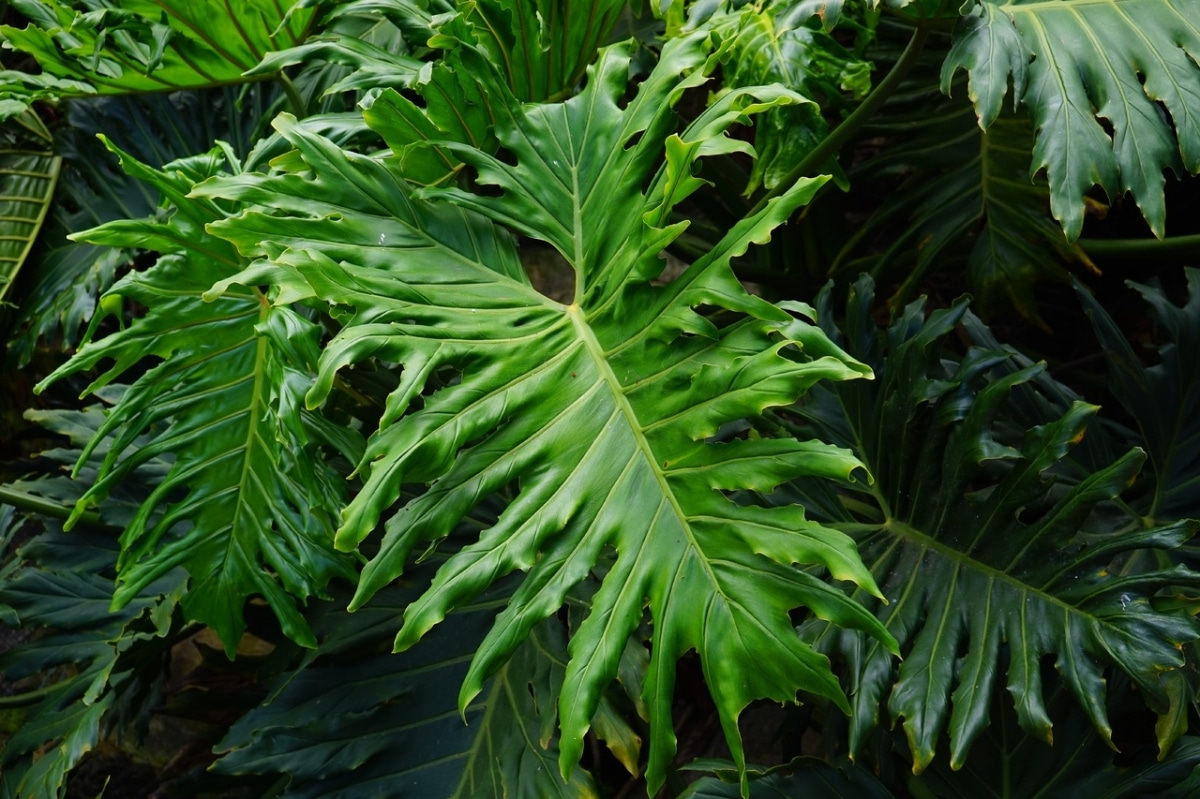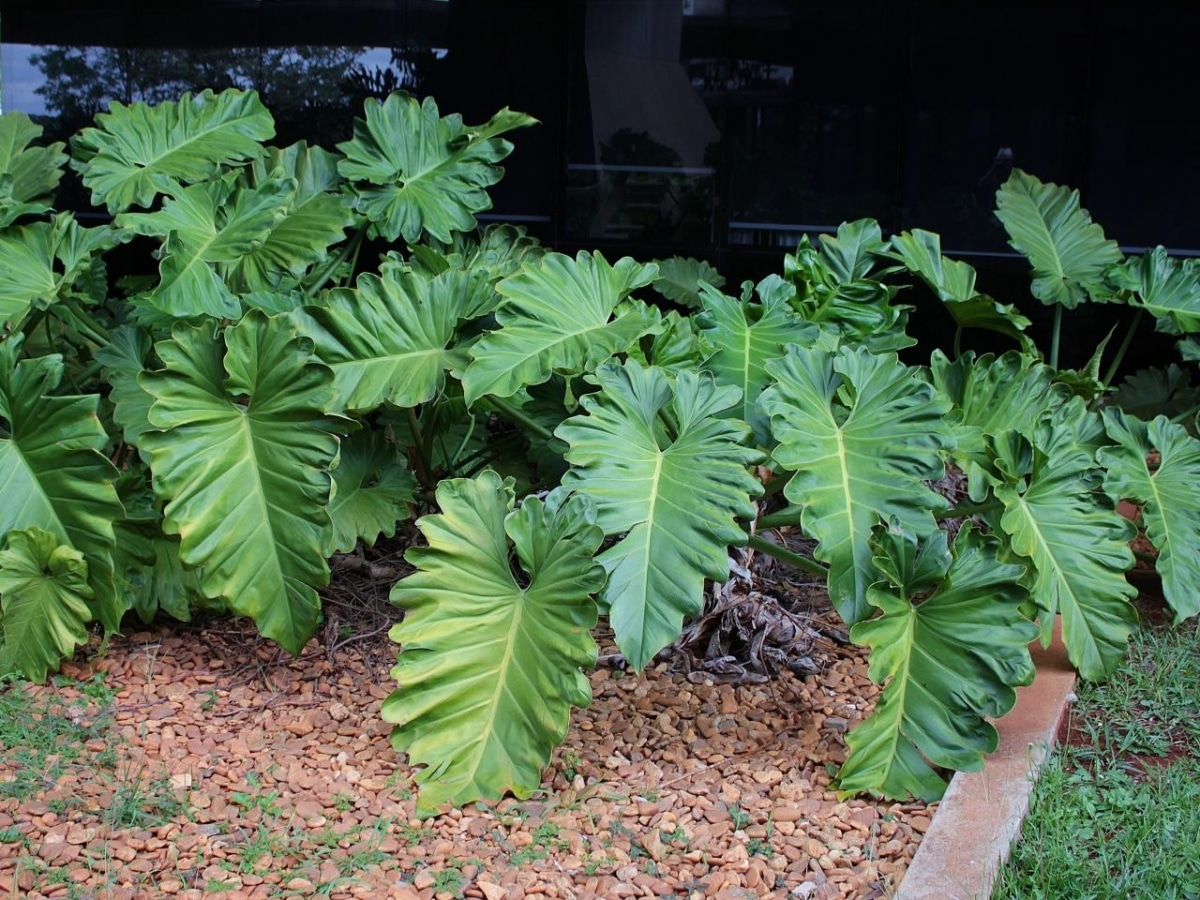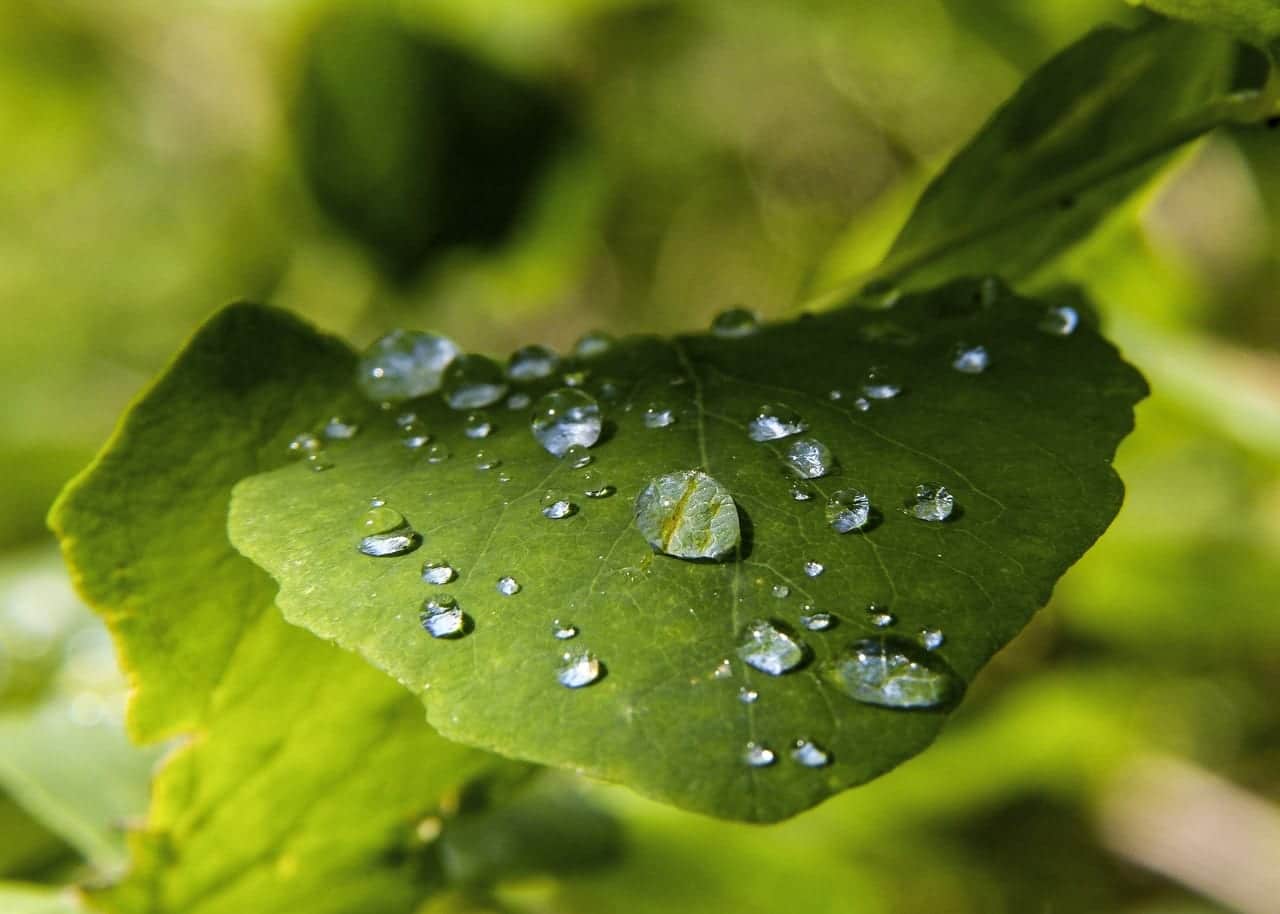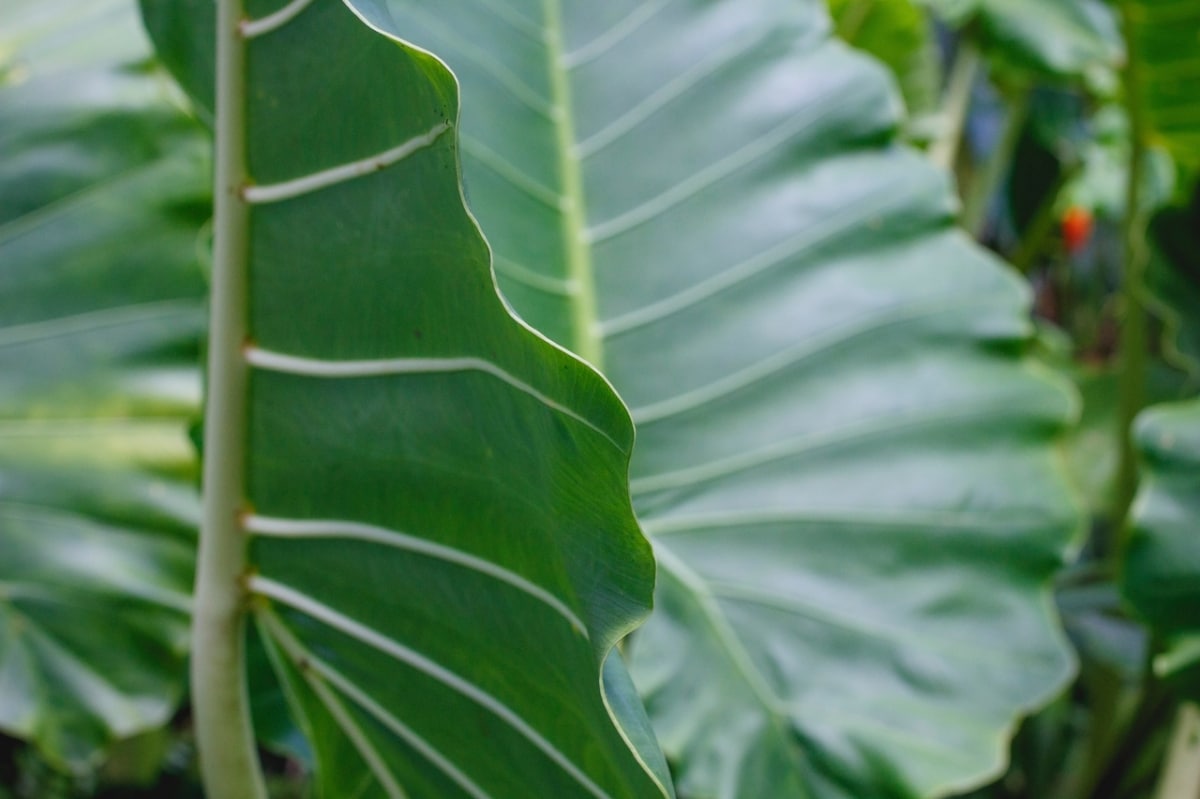
The philodendron is a tropical plant, which also has an exotic appearance thanks to its beautiful leaves. This is very interesting, since it is precisely what makes it so widely used for interior decoration; now let me tell you that having it on the patio or balcony during the summer months can be an option if it is going to have shade all day.
However, when we talk about species native to the tropics, we have to keep in mind that they are (much) more delicate than those that we can find in any garden in our neighborhood. That's why we want to explain what are the care of the philodendron, since this way you will have the possibility of keeping it healthy, green and beautiful.
Where to place a philodendron?

Image - Flickr / Mauricio Mercadante
El philodendron It is a plant that, really, can be both inside the house and outside it if the conditions allow it. For example, what I do is keep mine indoors during the winter, and take them out in the garden when the temperatures recover. This way I give them the opportunity to feel the rain -in case it falls, of course- and I save myself from having to clean the dust during those months.
But beware, whether you are going to grow it at home or outside, it is very, very important that you put it in a place where there is a lot of clarity and protected from the sun or direct light. Likewise, if it is going to be indoors, it must be placed in an area away from the air conditioning and the fan, since the air currents they generate cause the tips of the leaves to dry.
Beware of air humidity
Another thing that It cannot be missing is a high air humidity, which exceeds 50%. This is what is found on islands, in tropical rain forests, and anywhere near the sea, rivers, or swamps. But the further away we are, the lower it will be and our philodendron will have a hard time: its leaves will turn brown, they will end up falling and its health will weaken.
To avoid this, the first thing to do is find out what percentage of air humidity is in the place where we live for example buying a home weather station. There are very cheap ones, even for less than 20 euros, and they are also a useful tool to take care of the philodendron, since in this way we can see how it reacts to the variation in temperatures and humidity that there is.
Then, once we know that the humidity is less than 50%, what do we have to do? Well, nothing is simpler than spraying its leaves with water, once every day, although in summer it can be twice. In this way, we will ensure that it stays green and in good condition.

However if it is greater than 50%, we should not do anything. If we sprayed it, what we would achieve would be that the leaves would have fungus and die. If you are on an island or near, for example, the sea or a swamp, or in a place where it rains frequently, and you see that the humidity drops below 50%, you should also not spray your philodendron with water, as it is It is normal for this humidity to drop a little at certain times of the day.
Should it be kept in a pot or on the ground?
This is a question that does not have an easy answer, because it will depend a lot on the climate in the area. That's why, if we live in a place where the climate is tropical and it rains frequently, we can certainly have it in the garden if we put it in the shade. But if this is not the case, then there will be no choice but to keep it in a pot to be able to protect it indoors as soon as temperatures drop below 15ºC.
Likewise, It must be taken into account that the philodendron needs fertile and well-drained soils to grow, so it is going to be in a pot, we will put a specific quality substrate for green plants such as this or a universal one mixed with 30% perlite that you can buy here; and if it is going to be in the garden, it should be avoided planting it in those compact and heavy soils.
How often should it be planted in a larger pot?
If we take into account that it is a medium-large sized plant once it reaches adulthood, it will be necessary to plant it in a larger pot every time the roots come out of the holes, or every 3-4 years. We will do this in spring, when temperatures exceed 18ºC.
When to water the philodendron?

The philodendron does not resist drought, but if there is something that it fears more than being a little thirsty, it is the excess water in its roots. Indeed: it is much better to let the soil remain dry for a day or two more than to keep it waterlogged. In fact, if we are going to have it in a pot, it is very important that it has holes at its base so that the water can escape, and if it is going to be in the garden, the soil must be light, with a good capacity to absorb and filter said water.
Therefore, if we have doubts about when to water it, what we can do is take a stick or wooden stake and insert it to the bottom. If when removing it we see that a lot of soil has adhered to it, we will not water it since that will mean that it is still wet; but if it comes out practically clean, we will water.
You must use rainwater or suitable for consumption, and you must pour the amount that is necessary so that the soil is well moist.
Does it have to be paid?
It is highly recommended to pay our philodendron from the beginning of spring until the end of summer with liquid fertilizers such as this, as these have a faster efficacy as they are absorbed sooner by the roots. But yes, you have to follow the instructions for use, because if we add more than what is indicated, the plant will burn.
I hope these tips on philodendron care are useful to you.